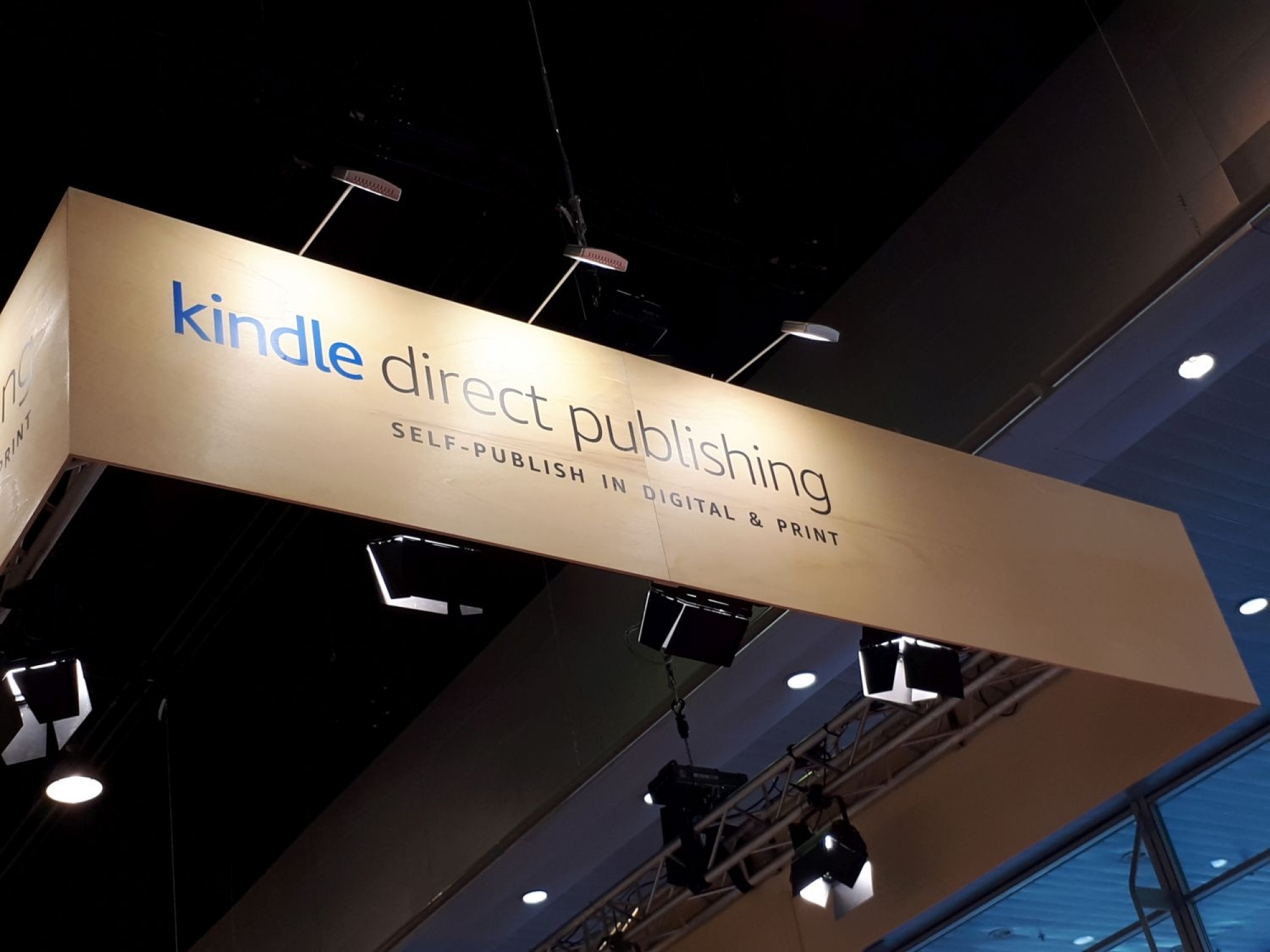In a time when rapid technological change is causing disruption to High Street retail, it’s comforting to know that my local Waterstone’s branch is in no immediate danger of shutting down (at the time of writing, at least). As I found out myself at the Frankfurt Book Fair last month, the book publishing industry continues to show the resilience, sustained growth and commitment to evolution that suggests it will be sticking around for quite some time.
With over 285,000 international visitors this year, the Frankfurt Book Fair claims to be the world’s largest trading centre for content and stories, a place where the global publishing community can meet and discuss a wide variety of trends and topics affecting the industry. As expected, there was plenty of talk surrounding GDPR, EU copyright reforms, VAT for e-books and whether Fire & Fury needs a sequel (Flame & Ferocity?). But what caught my eye over my two-day visit was how openly multiple content platforms were being embraced by visitors and exhibitors alike.
I’ve already blogged in the past about balancing my love of hard copies with my increasing fascination for digital and audio books, but the Frankfurt Book Fair was the first time I witnessed in a publishing environment how the three appear to be harmoniously cohabiting in a competitive industry. Print may still be top dog (paperback, hardback and ‘other print’ currently account for 72% of book sales, according to Nielsen Book Research), but digital and audio are both showing impressive potential for growth.
According to the Fair’s first ever Audiobook Conference, unit sales for audio are up more than 80% in some major European regions, with the audio format predicted to outgrow e-books in some countries by 2025. Meanwhile, digital platforms may have faced big changes this year in the form of GDPR and EU copyright reforms but, with e-books accounting for 25% of book sales in 2017 and the EU Council’s recent decision to remove VAT from digital readers, the platform looks set to experience further market expansion in the immediate future.
As the proverbial sandpit is more than big enough for print, digital and audio to play nicely together without anyone stealing the other’s toys, it’s worth pondering whether we should all rethink the ‘book’ and start thinking more in terms of content. These three platforms don’t necessarily compete – they can complement each other. We listen to an audiobook when we’re driving to work; we get out our Kindle when we don’t want other commuters to catch us reading Fifty Shades of Grey; and we pick up a paperback when we want to switch off from the digital noise we’re bombarded with in front of a screen. Same content, different settings.
I tend to switch fluidly between the three mediums myself, and a number of factors come into play when deciding how to consume my content. I buy hard copies of books to which I have a personal connection and that I want to display proudly on my book case when I have visitors over (you can tell a lot about someone’s character based on their book collection – same goes for DVDs). Audiobooks make me feel physically immersed in a story, especially if it’s being narrated by the original author. And I buy shiploads of graphic novels on my Kindle because, well, there just isn’t enough room on the shelves. All that the publisher – and the author, for that matter – cares about is that the book is being purchased and enjoyed.
So if there’s one thing the Frankfurt Book Fair taught me, it’s that we’ve effectively transitioned into the age of content. In this exciting new era, it’s the quality and availability of the content that counts and it’s a matter of consumer choice how we engage with it.
